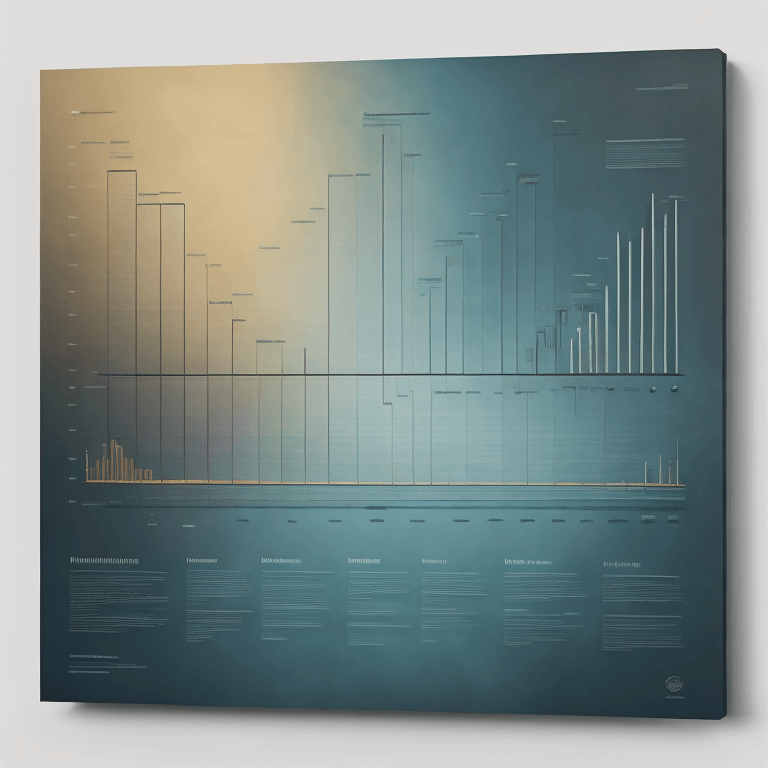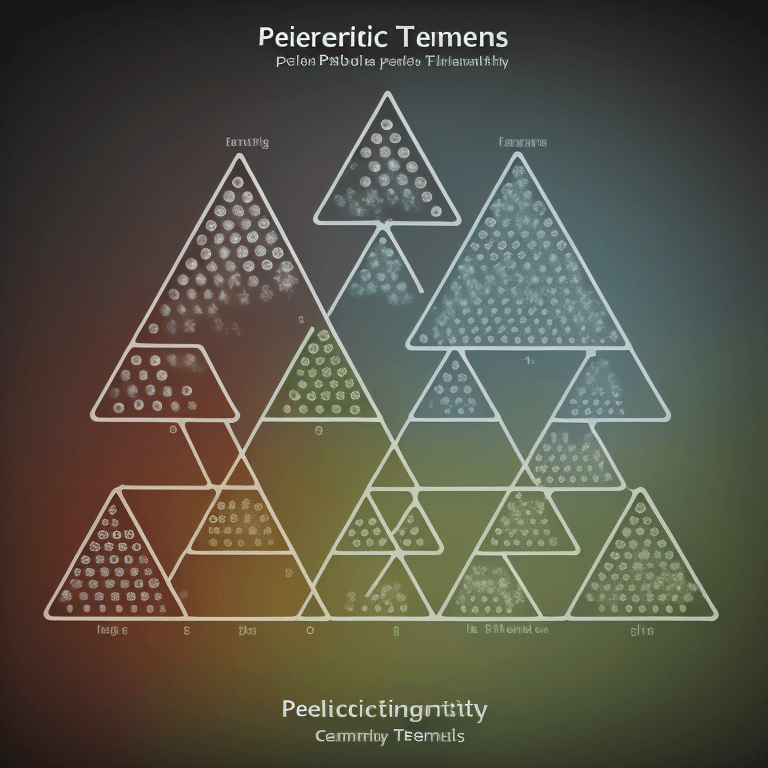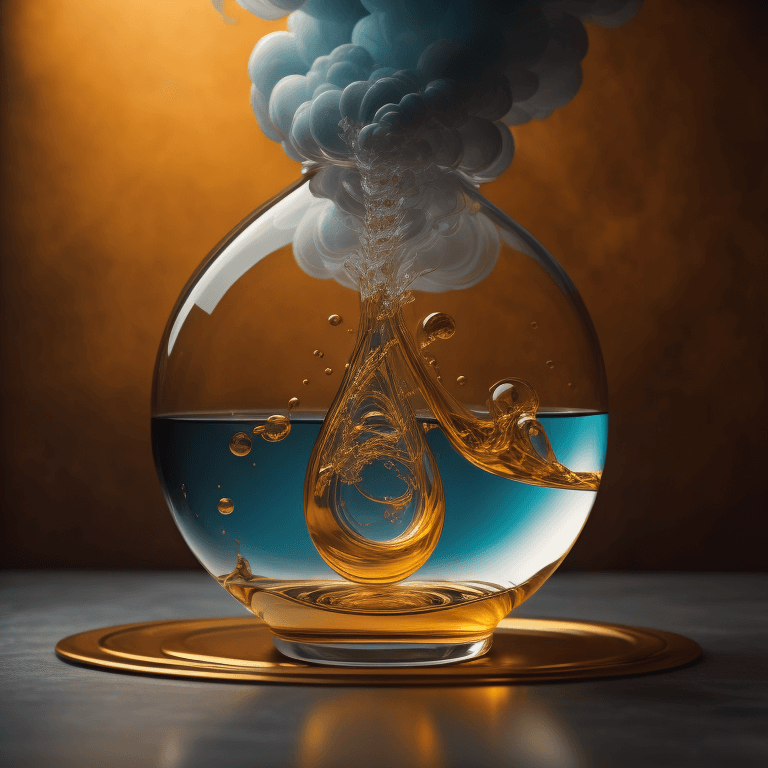The answer is that HCl, or hydrochloric acid, is a covalent compound.
HCl (hydrochloric acid) is an ionic compound consisting of hydrogen cations (H+) and chloride anions (Cl-). The bond between hydrogen and chlorine in HCl is a polar covalent bond, but HCl dissociates completely into ions when dissolved in water.

6 key points explaining why HCL is Covalent:
- Hydrogen (H) is a nonmetal while chlorine (Cl) is a halogen. Bonding between a nonmetal and halogen forms a polar covalent bond.
- In the HCl molecule, the more electronegative chlorine atom attracts the shared electrons more strongly, giving the Cl a partial negative charge and H a partial positive charge.
- This makes the H-Cl bond very polar, with the electrons shifted towards the chlorine.
- When HCl dissociates into water, the H+ and Cl- ions separate completely, allowing the compound to conduct electricity and behave as a strong electrolyte.
- So hydrogen chloride is molecular in the gas and liquid state (HCl), but becomes 100% ionic when dissolved as hydrochloric acid (H+ + Cl-).
- Therefore, while HCl has a covalent bond, it is considered an ionic compound due to its complete dissociation into ions in water.
So in summary, the classification of HCl depends on its state – covalent as a molecule, but ionic when dissolved as H+ and Cl- ions in solution.
Explain it to a child
Hydrogen and Chloride compounds, such as hydrochloric acid (HCL), are covalent compounds. Covalent bonds happen when two atoms share electrons instead of one atom giving electrons to another atom like in ionic compounds.
- HCl molecules are formed when hydrogen and chlorine atoms share electrons in a covalent bond.
- When these two elements combine, the result is an electrically neutral compound with no charge, making it an example of a covalent compound.
Is hcl ionic or covalent?

Compounds containing Hydrogen and Chloride, such as hydrochloric acid (HCL) are covalent compounds.
Covalent bonds occur when two atoms share electrons, rather than one atom transferring electrons to another like in ionic compounds.
- This covalent bond gives HCL its characteristic properties; it is a strong, corrosive acid with a low melting point and boiling point.
- It can exist in the gas, liquid, and solid phases at different temperatures and pressures.
The polarity of covalent compounds allows them to become soluble in water or other solvents, making them useful for so many applications today.
Why is HCl covalent and not ionic?
Hydrogen Chloride (HCl), unlike other compounds such as sodium chloride (NaCl), is covalent and not ionic.

- This is because hydrogen only needs two electrons to fill its outer shell, so it more readily forms covalent bonds with other atoms such as chlorine.
- An ionic bond would require either sodium or chlorine to give away one or more electrons in order to achieve a full outer shell of eight electrons, but neither atom can do that.
- Therefore, HCl easily forms a covalent bond instead which takes place when the pair of electrons is shared between both hydrogen and chlorine atoms.
Through this sharing, the compound becomes stable and properties like melting point, boiling point, and solubility are affected by this type of bonding.
How to determine whether a compound is ionic or covalent
Determining the type of compound that is present in any chemical or physiological reaction is important for understanding the specifics of those reactions.
- For example, to accurately predict how products will be formed, it’s necessary to understand whether a reaction is either ionic or covalent.
- One way to differentiate between ionic and covalent compounds is by examining their properties.
- Generally speaking, ionic compounds tend to have higher melting and boiling points than covalent compounds, due to the strong electrostatic forces present between ions.
- Additionally, they typically form crystals when solidified and conduct electricity when dissolved in water.
On the other hand, covalent compounds tend not to possess these properties since they are held together by more weak interactions than those found in ionic compounds.

By taking into consideration these distinguishing factors of each compound type, one can easily gain a better understanding of the chemical behavior observed in a reaction and what successes or failures can be expected from any given process.
The properties of HCl as a covalent compound
Hydrogen Chloride (HCl) is an example of a covalent compound with remarkable properties.
This simple molecule is composed of hydrogen and chlorine atoms, but it has a wide range of uses due to its acidic nature.

HCl reacts with bases and other materials to form water and other products that can be used in various applications.
It also acts as a catalyst to speed up reprocessing, making it a valuable tool in many industries.
Additionally, HCl possesses the unique ability to dissolve organic bonds quickly without the use of heat, allowing it to act as a coolant in certain processes.
HCl is a versatile compound whose ability to dissolve organic bonds and catalyze reactions makes it immensely useful in modern society.
Why hcl is best classified as a covalent compound

- Hydrogen Chloride (HCl) is best classified as a covalent compound due to the type of bond formed between its atoms.
- HCl contains one atom of hydrogen and one atom of chlorine, utilizing the electrostatic force of attraction to maintain a covalent bond.
- The sharing of electrons creates molecularly strong bonds and properties that contribute to HCl’s corrosive nature.
Generally, elements with low electronegativities, such as hydrogen and chlorine, form covalent bonds by sharing their valence electron pairs completely with other atoms.
As a result, HCl exhibits correspondingly diverse chemical characteristics; these comprise its volatility at room temperature and of course its corrosive nature – both common features associated with covalently bonded compounds.
As such, we now know that our answer should indeed be: “HCl is mainly a Covalently Bonded Compound”
Article Sources
Jacks of Science sources the most authoritative, trustworthy, and highly recognized institutions for our article research. Learn more about our Editorial Teams process and diligence in verifying the accuracy of every article we publish.
